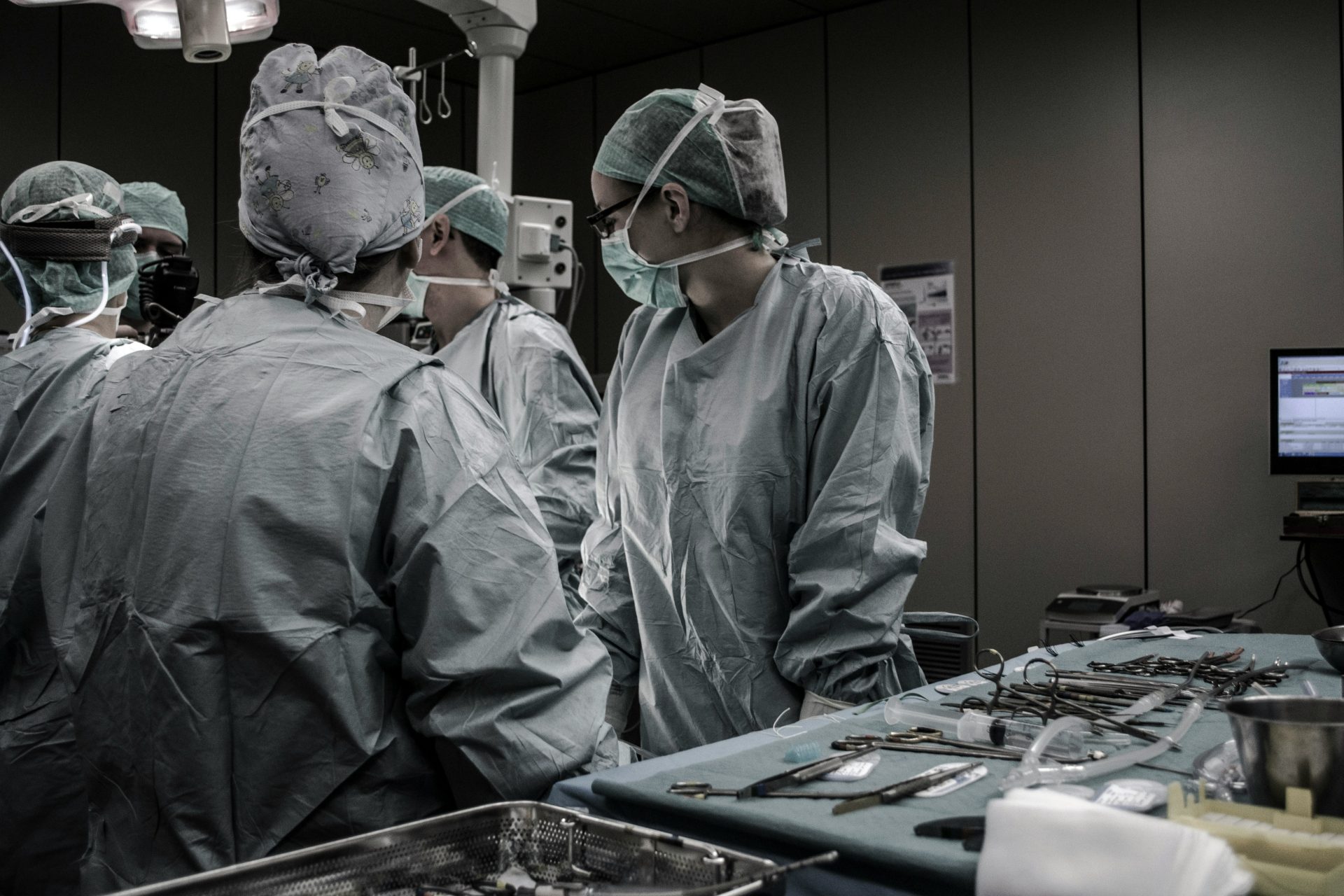After a diagnosis, the question that all patients ask themselves is «And now, where do I go? Who do I go to? Where do I get treatment?”. Not a small question: the choice of place of treatment can make a difference for the patient who is now aware of the fact that the number of cases treated it is a more valid criterion than others, such as proximity to one’s home, for determining where to go. Turning to a high-volume center means greater safety and greater effectiveness for the patient. This is also true in the case of oncological surgery, where the number of operations represents one of the most reliable indicators of healthcare facilities.
Well, in Italy approximately 46% of hospitals perform “sub-threshold” oncological surgery, therefore performing too few operations. For breast cancer, for example, the threshold value is 150 operations per year. It means that below this the center is not able to offer the same safety and quality of outcomes as centers with interventions above the expected threshold. Furthermore, only in 13 Italian facilities is there a treatment path whose quality is certified by Oeci Organization of European Cancer Institutes, the organization that brings together the majority of European cancer institutes and works to coordinate and harmonize oncology researchin order to produce new scientific evidence and clinical strategies
These are the data that emerged from the new edition of “Dove mi Curo?”, the updated guide of oncological surgery centers drawn up on the basis of the data from the latest National Outcomes Program of Agenas, presented by the Italian Oncology Patients Network (Ropi). «Like every year, our map aims to help patients and their loved ones find their way around the healthcare facilities that carry out oncology surgery” he explained Stefania Gori, president of Ropi and of the Italian Association of multidisciplinary oncology groups Aigom. «This year we have added a further piece, that relating to the care path, aware that quantitative data alone is not sufficient to give a correct and complete indication of the quality of a hospital».
The North South divide
If on the one hand there was a 16% reduction in places of care where a ‘below threshold’ volume is performed from 2017 to 2022, on the other hand, however, the below threshold hospitals have decreased their volume of interventions, going from 57,419 interventions in 2017 (29% of total interventions) to 47,230 in 2022 (23% of total interventions). «However, the North-South gradient remains unchanged, with the North in which the majority of the Regions have ‘above threshold’ hospitals for all 17 pathologies considered, and the South in which only 3 regions (Puglia, Campania and Sicily) cover all pathologies”, he underlines Fabrizio Nicolis, Ropi councilor and project coordinator. There are four Regions in the top ten of the centers that record the highest volume of oncological surgery operations: Lombardy, Lazio, Tuscany and Emilia Romagna. However, only 3 are the Southern Regions to enter the top 10 places and these are Sicily, Puglia and Campania.
An overall evaluation of the Center
Furthermore, only in 13 Italian facilities is there a treatment path whose quality is certified by Oeci (Organisation of European Cancer Institutes), the organization that brings together the majority of European cancer institutes online. The accreditation that Oeci provides relating to standards of care, both at a clinical and organisational/managerial level, it is mandatory for Italian oncology IRCCS, which must renew it every 5 years, while it is a voluntary recognition for other hospitals and in the rest of Europe. «The OECI accreditation certification is in fact the snapshot of the actual implementation of the qualitative and qualitative standards envisaged by the Quality Program by an oncology institute» they explain Giovanni Apolone, president of Oeci, and Claudio Lombardo, general manager of Oeci. «Although Oeci verifies the progress of the improvement plan over time, which generally follows certification, the quality of the care provided is the result of a continuous innovation process connected to the exploitation of research results».
The postoperative
The importance of the quality of care pathways is also confirmed Massimo Carlini, president of the Italian Society of Sic Surgery: «The decrease in complications and mortality also depends on quality of postoperative carewhich is more closely related to some specific characteristics of the hospital, rather than to the number of operations performed. Some operations require specific intraoperative skills and in this case the surgeon’s volume predominates, while others may require important and complex treatments during the postoperative course and then the volume of the hospital predominates. However, after improved outcomes in high-volume centers, poorer outcomes may also result when a given center reaches its limit. In our country, considering that the number of beds, intensive care doctors, surgeons and specialized nurses is reduced, this second aspect is very important. In any case, complex centralized surgical procedures should be available in centers well distributed throughout the national territory.”
Photo by Piron Guillaume on Unsplash
